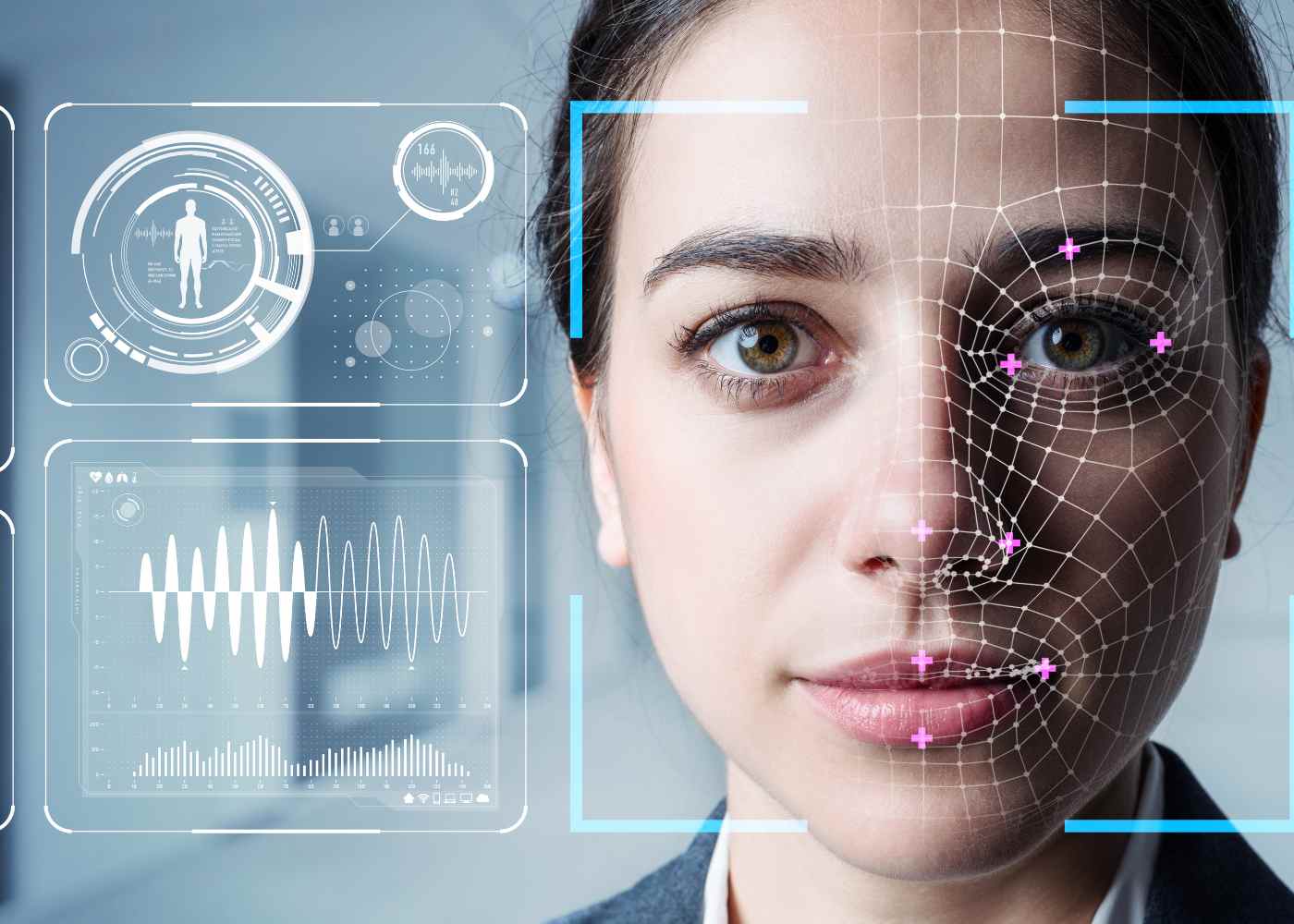As technology continues to advance, the HVAC industry is no
exception. From smart thermostats to energy-efficient systems, there are
several cutting-edge technologies that are revolutionizing the way we heat and
cool our homes. This article will explore some HVAC technologies that are
making waves in the industry today.
Smart Thermostats
One of the most popular advancements in HVAC technology is
the introduction of smart thermostats. These devices allow homeowners to
control their heating and cooling systems remotely through a smartphone app or
voice command. Not only do smart thermostats offer convenience, but they also
help save energy by allowing users to set schedules and adjust temperatures
based on occupancy. With features like learning algorithms and geofencing,
smart thermostats can adapt to your lifestyle and preferences, ultimately
leading to increased comfort and lower utility bills.
Smart thermostats provide a multitude of benefits beyond
just remote control and energy savings. One significant advantage is their
ability to monitor and report on your home's energy usage. Detailed reports and
insights help homeowners understand their consumption patterns and identify
ways to improve efficiency. These devices often come equipped with
compatibility for various HVAC systems and can seamlessly integrate with other
smart home gadgets, such as voice assistants and smart lights, for a cohesive
home automation experience.
Variable Refrigerant Flow Systems
Variable refrigerant flow (VRF) systems are another innovative
technology that is transforming the HVAC industry. Unlike traditional HVAC
systems that operate at a constant speed, VRF systems vary the flow of
refrigerant based on demand. This allows for more precise temperature control
and greater energy efficiency. VRF systems also offer zoning capabilities,
meaning different areas of a building can be heated or cooled independently.
This not only increases comfort but also reduces energy consumption by avoiding
wasted heating or cooling in unused spaces.
One of the primary advantages of VRF systems is their energy
efficiency. By varying the refrigerant flow according to demand, VRF systems
only use the energy necessary to heat or cool specific zones, resulting in
lower energy consumption compared to traditional HVAC systems. This leads to
significant cost savings on utility bills, making VRF systems an economically
attractive option for both residential and commercial buildings.
Air Purification Technology
Indoor air quality has become a major concern for many
homeowners, especially those who suffer from allergies or respiratory issues.
That's where air purification technology comes in. Advanced filtration systems
can remove airborne particles like dust, pollen, mold spores, and pet dander,
improving overall indoor air quality. Some systems even have UV-C light
technology that can kill bacteria and viruses circulating in the air. By
investing in air purification technology, homeowners can breathe easier knowing
that their HVAC system is helping to keep their indoor environment clean and
healthy.
When it comes to air purification, there are various
technologies available that cater to different needs and preferences. Some of
the most popular types include high-efficiency particulate air (HEPA) filters,
activated carbon filters, UV-C light purifiers, and ionizers.
1. HEPA Filters: These are among the most effective air
purification methods, capable of capturing most particles. HEPA filters are
particularly useful for removing allergens like dust, pollen, and pet dander.
2. Activated Carbon Filters: These filters excel at removing
odors and volatile organic compounds (VOCs) from the air. Activated carbon
works through adsorption, a process where pollutants adhere to the surface of
the carbon, effectively trapping them and removing them from the air.
3. UV-C Light Purifiers: UV-C light technology disrupts the DNA
of bacteria, viruses, and other pathogens, rendering them inactive. This makes
UV-C purifiers an excellent choice for improving air quality in spaces where
health and hygiene are paramount, such as in homes with children or the
elderly.
4. Ionizers: Ionizers release negatively charged ions into the
air, which attach to positively charged particles like dust and allergens.
These combined particles become heavy and fall out of the air or are captured
by an electrostatic collector. While effective, ionizers should be used
cautiously, as some models may produce ozone, which can be harmful in high
concentrations.
Investing in air purification technology offers numerous
benefits beyond just cleaner air. Improved air quality can lead to better
overall health, particularly for individuals with respiratory conditions like
asthma or allergies. Clean air can also enhance sleep quality, reduce the
spread of illnesses, and even increase productivity by providing a more
comfortable and healthier living environment.
Geothermal HVAC Systems
Among the most environmentally friendly and efficient HVAC
solutions available today are geothermal HVAC systems. These systems utilize
the stable temperatures found just below the Earth's surface to heat and cool
buildings, significantly reducing the reliance on fossil fuels. By circulating
water through underground pipes, geothermal systems can transfer heat to or
from the ground, depending on the season. This process is incredibly
energy-efficient, often resulting in lower heating and cooling costs for
homeowners. Additionally, because geothermal systems have fewer moving parts
than traditional HVAC units, they tend to have a longer lifespan and require less
maintenance, making them a cost-effective solution over time.
There are primarily two types of geothermal HVAC systems:
closed-loop and open-loop systems.
1. Closed-Loop Systems: These are the most common and involve a
continuous loop of piping buried underground. Closed-loop systems can be
installed horizontally or vertically, depending on the available space and
landscape. Horizontal loops are spread out in trenches, making them suitable
for larger areas, while vertical loops are drilled deep into the ground, ideal
for smaller properties.
2. Open-Loop Systems: These systems use a well or surface water
body as a direct heat exchange medium. Water is drawn from the source,
circulated through the system to exchange heat, and then returned to the
environment. Open-loop systems are highly efficient but must meet specific
environmental regulations to ensure sustainable water usage.
Geothermal systems are environmentally friendly. By reducing
the reliance on fossil fuels, they lower greenhouse gas emissions, contributing
to a smaller carbon footprint. Additionally, as these systems have fewer moving
parts, they are more reliable and have longer operational lifespans compared to
traditional HVAC systems, leading to lower maintenance costs and fewer
replacements.
Integrating IoT
The integration of the Internet of Things (IoT) with HVAC
systems represents a significant leap forward in creating smarter, more
efficient buildings. This technology allows HVAC units to communicate with
other connected devices in a building, enabling automated adjustments based on
real-time data. For instance, IoT-enabled HVAC systems can detect when rooms
are unoccupied and adjust temperatures accordingly, or analyze weather
forecasts to optimize heating and cooling schedules. This not only improves
energy efficiency but also enhances occupants' comfort and well-being.
Furthermore, the data collected by these IoT devices can provide valuable
insights into usage patterns, helping building managers make informed decisions
about maintenance and energy use. In this era of smart homes and buildings,
IoT-driven HVAC solutions are paving the way for a more sustainable and
intelligent approach to climate control.
One key advantage of IoT integration is predictive
maintenance. IoT sensors continually monitor the performance and health of HVAC
equipment, detecting anomalies and potential issues before they escalate into
costly repairs or system failures. For example, these sensors can alert
building managers to changes in airflow, refrigerant levels, or temperature
inconsistencies, prompting timely maintenance that extends the lifespan of the
system and reduces downtime.
Likewise, IoT-enabled HVAC systems can contribute
significantly to indoor air quality management. By integrating air quality
sensors with the HVAC system, real-time data on pollutants and humidity levels
can inform adjustments to ventilation and filtration settings. This ensures
optimal air quality and a healthier indoor environment, especially in
commercial or densely populated spaces.
Mobile Integration
In addition to the technological advancements already
shaping the HVAC industry, another significant trend is the enhancement of user
experience through mobile integration. Today, HVAC systems are not only
expected to provide optimal climate control but also to offer ease of use and
interaction via mobile applications. This mobile connectivity allows users to
manage their HVAC systems with greater flexibility and convenience, no matter
where they are. From adjusting temperature settings to scheduling maintenance
checks, mobile apps enable homeowners to fully control their HVAC systems from
their smartphones.
Furthermore, these apps are becoming increasingly
intelligent, with features that learn from user behaviors and adjust settings
to optimize comfort and efficiency. Predictive maintenance notifications,
energy consumption reports, and real-time alerts are just a few examples of how
mobile integration is making HVAC systems more user-friendly.
This push towards mobile integration reflects a broader
trend in smart home technology, where convenience and control are paramount. As
this trend continues, we can expect HVAC systems to become even more integrated
with other home automation systems, offering a seamless, intuitive user
experience that goes beyond simple temperature control, paving the way for a
new era of smart climate solutions.
These HVAC technologies are just a glimpse into the exciting
innovations happening in the industry today. From smart thermostats to VRF
systems to air purification technology, homeowners now have more options than
ever before when it comes to heating and cooling their homes efficiently and
effectively. A company, one like Hoffman Heating and Cooling, can install and upgrade your
heating system, allowing you to reduce your carbon footprint and save money on
energy costs. Embrace these technologies and experience a new level of comfort
in your home today!
If you wish to contribute to our blog, please email us on morhadotsan@gmail.com.























